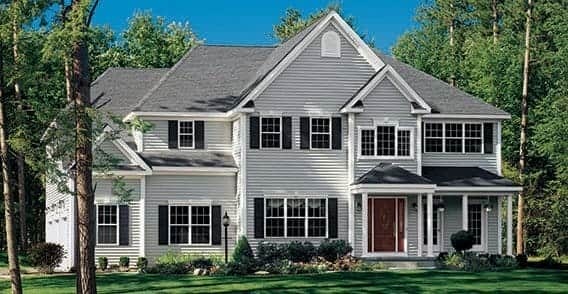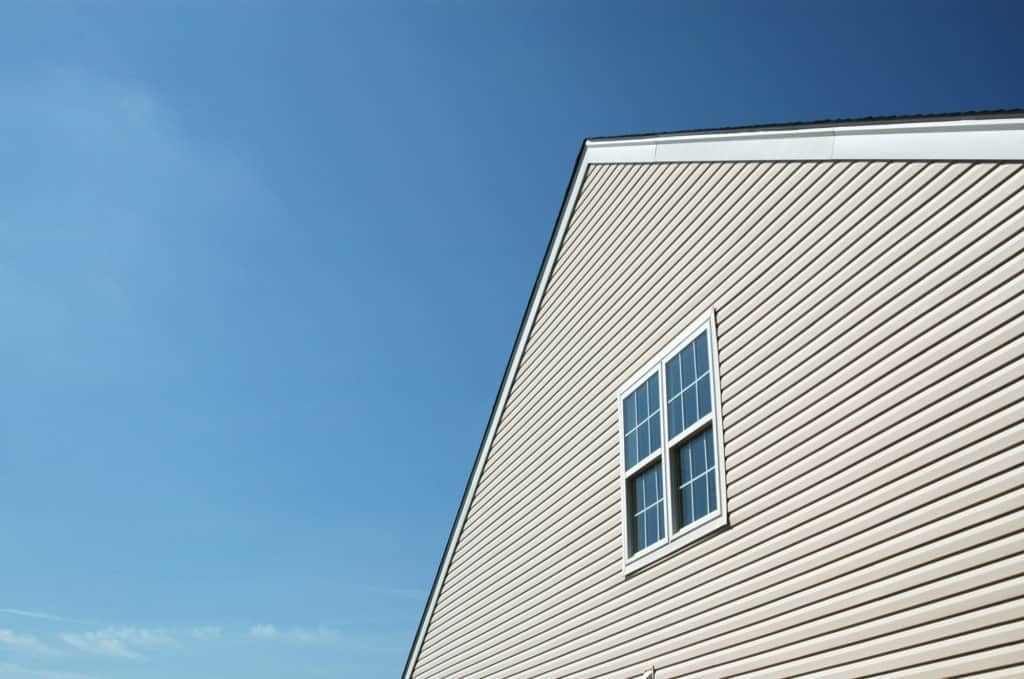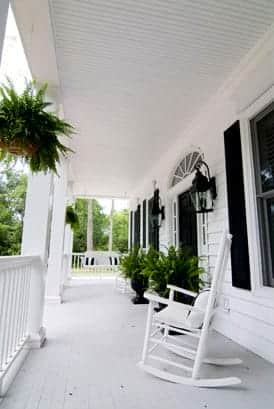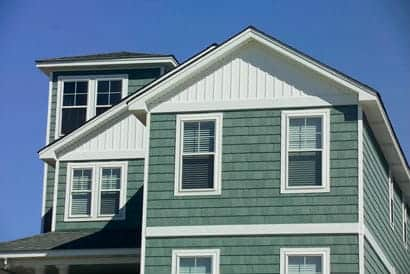Small Damages to Your Siding
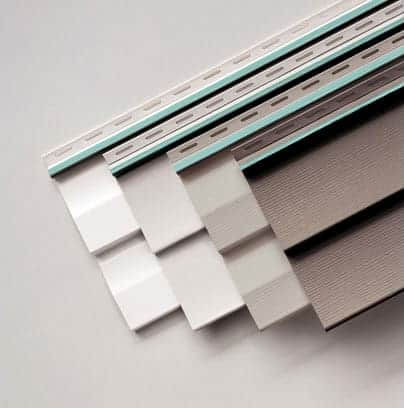
Whether wood, aluminum, vinyl or fiber cement siding, what covers your home does a lot to protect it and to keep up its appearance. Damage to siding can come from a variety of sources, and the home owner may question, “How bad is the damage I see? Are small damages to my siding really a big deal? Should I repair, or should I replace?”
 The type of siding plays a role.
The type of siding plays a role.
Typically, any kind of siding will sustain some sort of damage as time goes on. Wood siding in the form of shingles or clapboards is particularly prone to water damage from rainfall, faulty gutters and downspouts and lawn sprinklers. Wood siding installed too close to the ground (Experts say install wood no lower than 8 inches above the ground) will rot and mildew because of water splashing up from the ground or from moisture actually wicking up the wood.
Also, wood siding is a favorite target of busy woodpeckers and insects who bore holes in its surface. The good news, however, is that these problems are generally limited to small areas of the siding and can be repaired. They may not warrant a whole house replacement. Even water damage to the home’s plywood or particle board sheathing and framing is limited because of the protection given by the house wrap material.
Damage to sections of aluminum and vinyl siding may be repaired as well. Aluminum siding can stain and fade in color over time. It is prone to denting from hail and from stones flung by lawnmowers and leaf blowers. The very popular vinyl siding gets holes from lawn equipment and hail storms, too, and severe cold winter may crack vinyl. Both aluminum and vinyl products are more economically priced and are easier for the skilled do-it-yourselfer with the proper tools to replace on a small scale.
The newest material on the market, fiber cement siding, seems to present the fewest problems with deterioration and damage. A green product composed of cement and cellulose fiber, fiber cement usually carries long guarantees of up to 50 years. No material is perfect, however, and with enough force, fiber cement can be damaged, too. Sections split, chipped or fractured due to collision with a vehicle or lawn equipment or because of some other hard impact may be replaced in the same fashion as clapboard.
Curb appeal is important, too.
The term “curb appeal” refers to how attractive your house looks from curbside. This common sense inspection will tell you how the look of your siding affects the overall appearance of your home. If you can see many sections of siding that have faded in color, are dented, cracked or have pieces missing, or if mold issues are apparent, whole house siding replacement may be the answer. When more than half the siding is damaged, it’s time to call a reputable contractor for estimates. That amount of damage compromises the structural integrity of the dwelling and also substantially reduces its value.
Contact a professional home improvement company
Whether damage to your siding is small or extensive, take care of the problem as soon as possible to minimize even more problems with the underlying structure of your home. An experienced and reputable carpenter can take care of the small section repairs quickly and easily and may charge you $40 to $50 per hour plus the cost of materials. Whole house replacement generally runs $200 to $300 per 100 square feet for aluminum or vinyl products. Clapboard and fiber cement jobs can cost up to twice that amount. Trim pieces, fascia and soffits can incur additional charges.
So, are small damages to siding a big deal? They can be over time and if there are enough of them. The lesson is to pay attention to your home’s exterior and protect your investment with the appropriate siding repairs or replacement.








